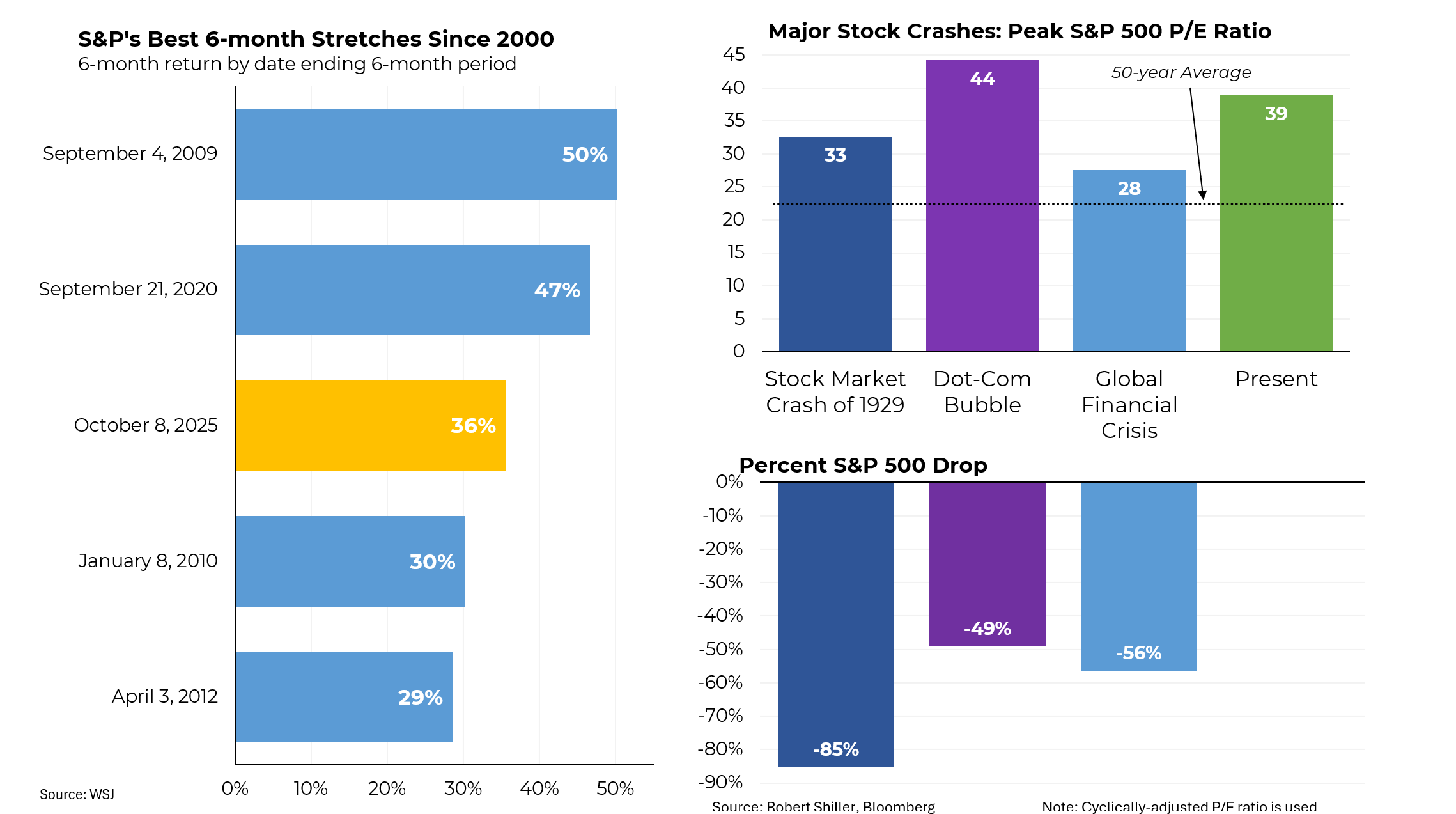Originally published in the New York Times
WHEN Mitt Romney takes the podium at Ford Field in Detroit today, he’s likely to include yet another sharp denunciation of the government’s rescue of General Motors and Chrysler.
That Mr. Romney would traverse Michigan trashing a program that saved tens of thousands of jobs at the Detroit-based automakers doesn’t necessarily mean he’s politically tone-deaf.
After all, an NBC/Marist poll recently found that 50 percent of Michigan Republicans who were likely to vote opposed the government’s actions (only 42 percent supported them).
Mr. Romney may have the primary politics right — though with a majority of Michigan voters supporting the rescue, he may want to pivot deftly before the general election in November. But on the substance he’s dead wrong.
As a presidential aspirant, Mr. Romney evidently hasn’t felt a need to be consistent or specific as to what should have been done to address the collapse of the auto industry starting in late 2008. But the gist is that the government should have stayed on the sidelines and allowed the companies to go through what he calls “managed bankruptcies,” financed by private capital.
That sounds like a wonderfully sensible approach — except that it’s utter fantasy. In late 2008 and early 2009, when G.M. and Chrysler had exhausted their liquidity, every scrap of private capital had fled to the sidelines.
I know this because the administration’s auto task force, for which I was the lead adviser, spoke diligently to all conceivable providers of funds, and not one had the slightest interest in financing those companies on any terms. If Mr. Romney disagrees, he should come forward with specific names of willing investors in place of empty rhetoric. I predict that he won’t be able to, because there aren’t any.
Without government financing — initiated by President George W. Bush in December 2008 — the two companies would not have been able to pursue Chapter 11 reorganization. Instead they would have been forced to cease production, close their doors and lay off virtually all workers once their coffers ran dry.
Those shutdowns would have reverberated through the entire auto sector, causing innumerable suppliers almost immediately to stop operating too.
Despite the relative health of its balance sheet, even Ford would have been forced to close temporarily, because critical parts would have become unavailable. And service providers — trucking companies, restaurants and more — would have been severely affected.
More than a million jobs would have been lost, at least for a time. Michigan and the entire industrial Midwest would have been devastated.
I consider myself an ardent capitalist, and well recognize the risks of government intervention, particularly the “moral hazard” of rewarding failure and the scary prospect of politics’ entering private sector decision-making.
But when markets fail, as they did for both autos and banks in 2008, government should have the ability — in fact, the obligation — to step in.
Interestingly, Mr. Romney’s current principal Republican opponent, Rick Santorum, has opposed not only the auto rescue but also the help given to the banks, which Mr. Romney supported.
Yet Mr. Romney has become the lightning rod on autos because of the full-throated roar with which he has delivered his views, including an Op-Ed essay in The New York Times in November 2008 and another essay in The Detroit News 10 days ago.
Among Mr. Romney’s grievances — and to be fair, those of other opponents of the auto rescue — is that the auto task force trampled on bankruptcy precedents and even the law to effect President Obama’s plan of “shared sacrifice” by all stakeholders.
What he conveniently ignores is that the president’s plan was litigated throughout the federal court system — all the way to the Supreme Court, in the case of Chrysler — without so much as a nod to the opponents from a single judge.
In retrospect, I recognize the emotions surrounding the decision to give members of the United Auto Workers company stock in exchange for resolving their health care claims. But the courts were emphatic that what we did was legal, because we remained true to a core principle of bankruptcy reorganization: every stakeholder received more from our plan than if the companies had been left to go bankrupt on their own.
Now, less than three years later, G.M. and Chrysler have markedly exceeded our expectations. Just a few days ago, G.M. reported an annual profit of $7.6 billion, and Chrysler is in the black as well. Both companies have increased their sales sharply, in part by making appealing new models.
And they are hiring new workers for the first time in many years. Michigan’s unemployment rate has dropped far faster than the national average, though it is still painfully high.
All of this was accomplished at relatively low cost; taxpayers will receive back the vast preponderance of the $82 billion that was invested.
“I’d do it again,” Mr. Bush said of the rescue in a recent speech. “Sometimes circumstances get in the way of philosophy.” Good thing he and Mr. Obama didn’t take Mr. Romney’s advice.





